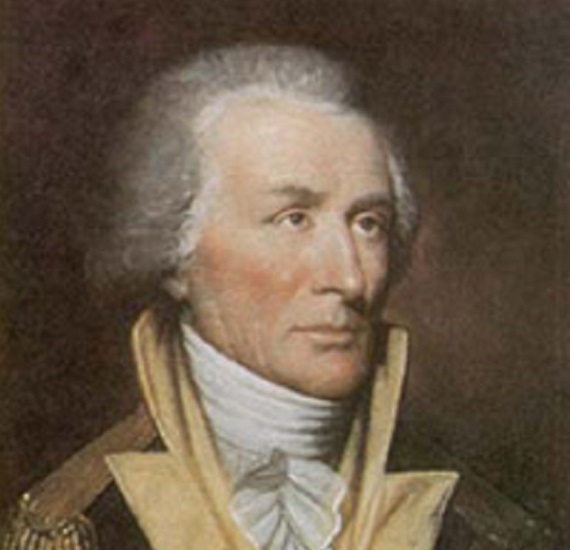
Thomas Sumter in his encounters with the Indian nations enters the pages of recorded history. He had probably been present at the fall of Fort Duquesne and in the campaign across the Ohio River and had learned something of the red man during this early service. In any case, he was chosen to accompany Lieutenant Henry Timberlake to treat with the Over Hill Cherokees after they sought peace rather than face, from Byrd’s troops, more of what they had just received at the hands of Colonel James Grant and his mixed force of regulars and South Carolina militia. The embassy was a great adventure for the young Virginian as he suffered the hardships of the wilderness, hunted to survive, swam rivers, visited Echota and other Cherokee towns and competed with the braves in their own games and contests. Finally, with a peace concluded, several of the Cherokee chiefs accompanied their diplomatic visitors to Williamsburg. There the Indians asked that their new white friends come with them as companions and interpreters on a voyage to England, for an interview between Chiefs Ostenaco, Conne Shote and Wooc and “the King their father.” Lieutenant Governor *Fauquier agreed, and Thomas Sumter was soon on his way to England.
More @ The Abbeville Institute

Fauquier County where I grew up from five until I went to Vietnam. The Culpeper Minute Men were composed of 300 men from Orange,
Culpeper and Fauquier Counties. Their Major was Thomas Marshall of
Fauquier, who was John Marshall's father. John Marshall was also in the
unit and both resided in Fauquier along with Richard Henry Lee. The
town I grew up in from five on was Marshall, Fauquier County, Virginia.
It was named Salem during the Late Unpleasantness, but changed to Marshall thereafter. A community of 600 when I was a child and but 1,200 now. In the middle of Mosby Country and where he disbanded. Mosby Troop Disbandment Monument

hopefully, the destroyers of history haven't chosen to defile the monument.
ReplyDeleteOh, they will.
Delete